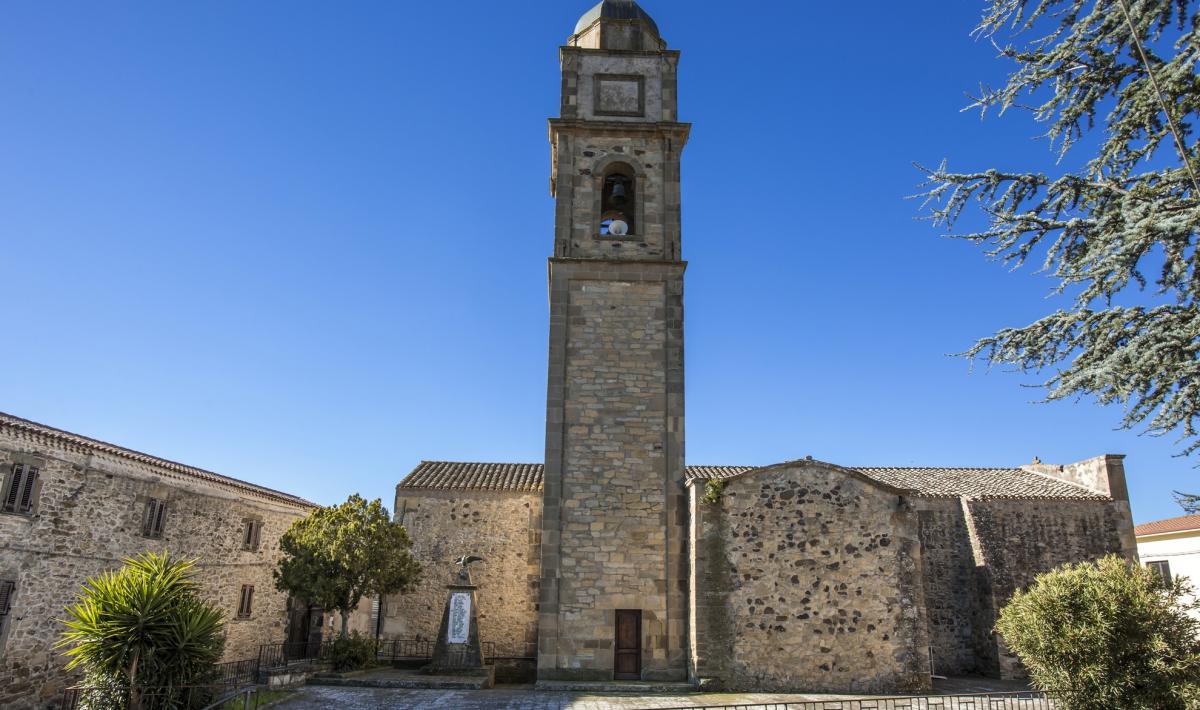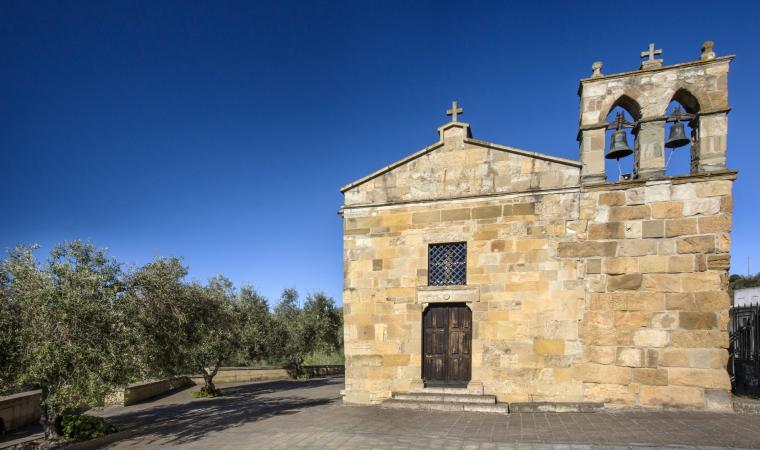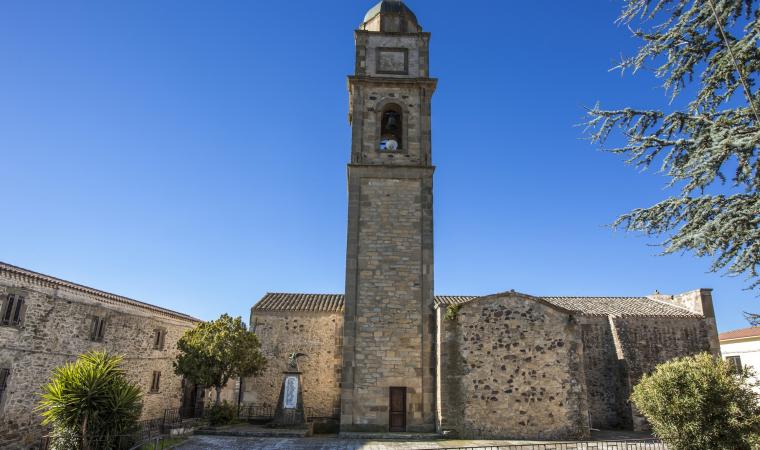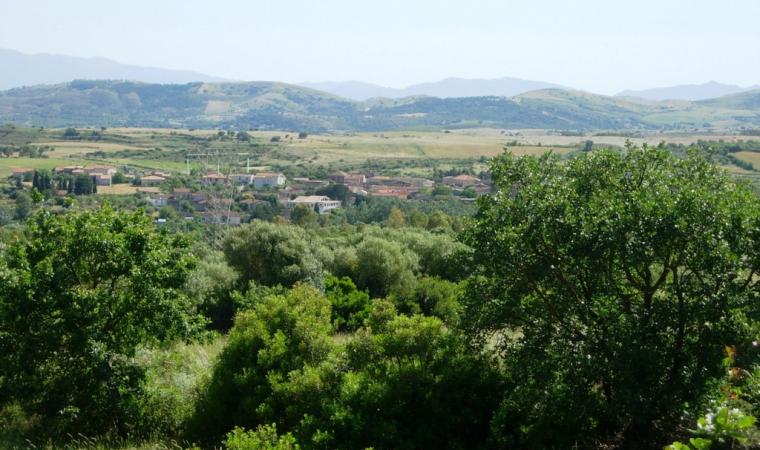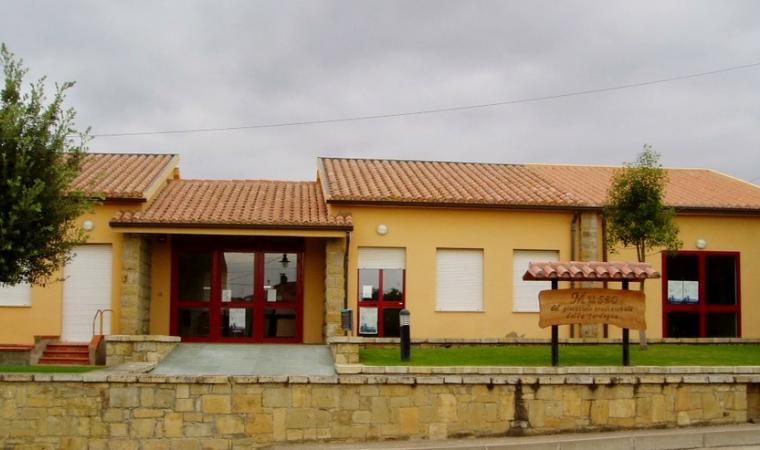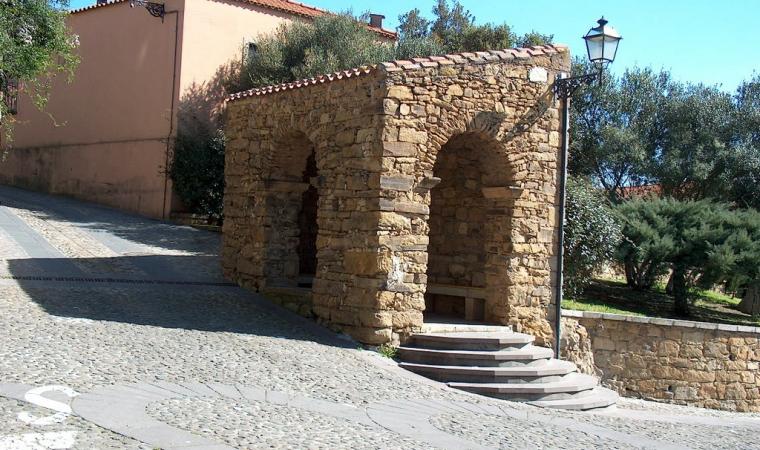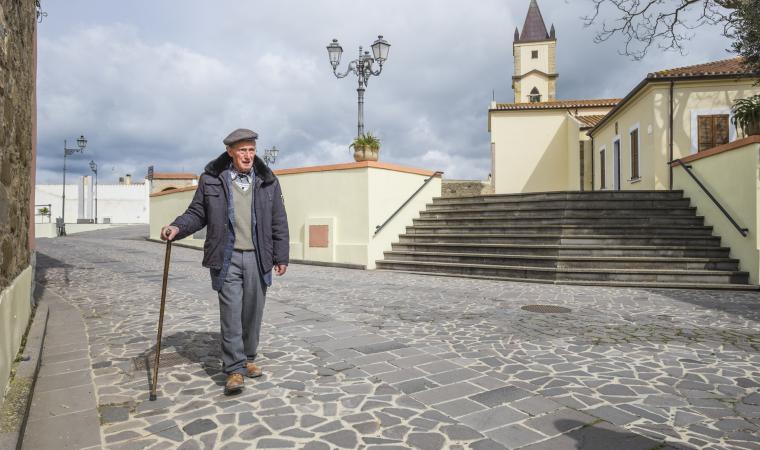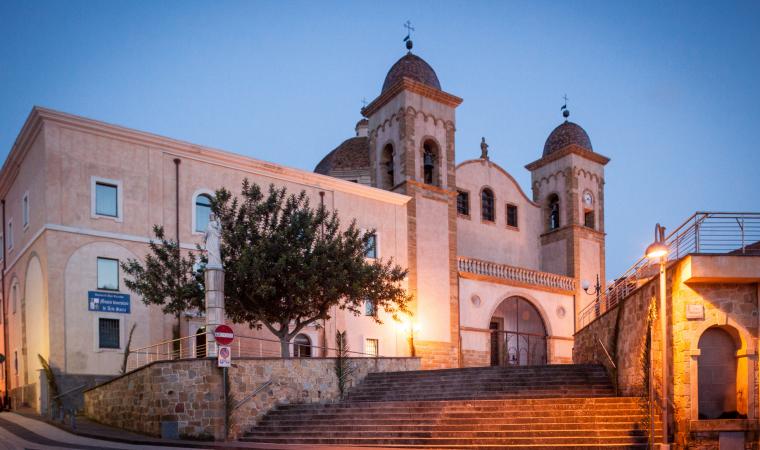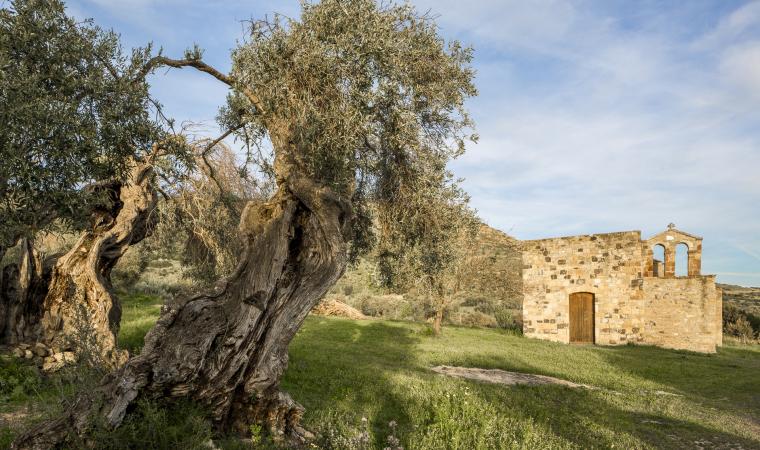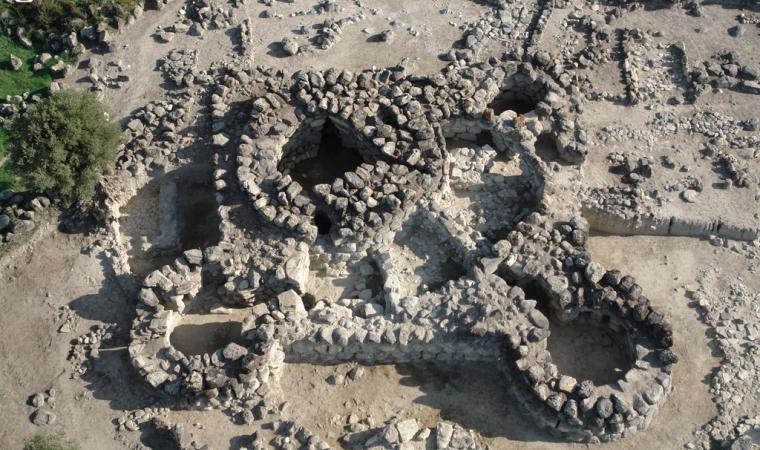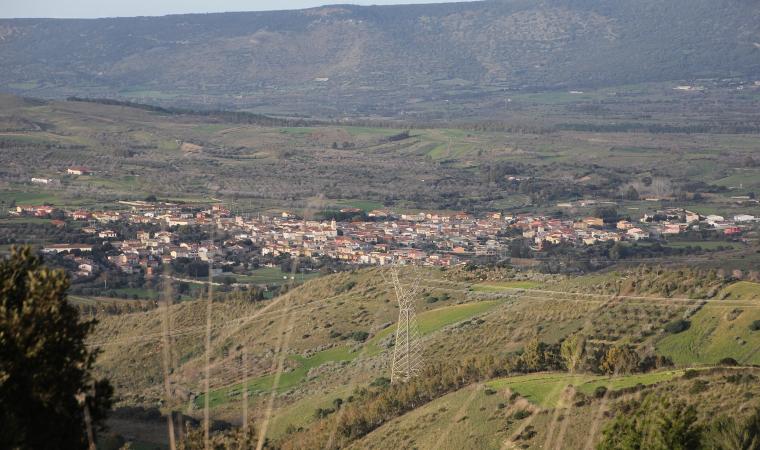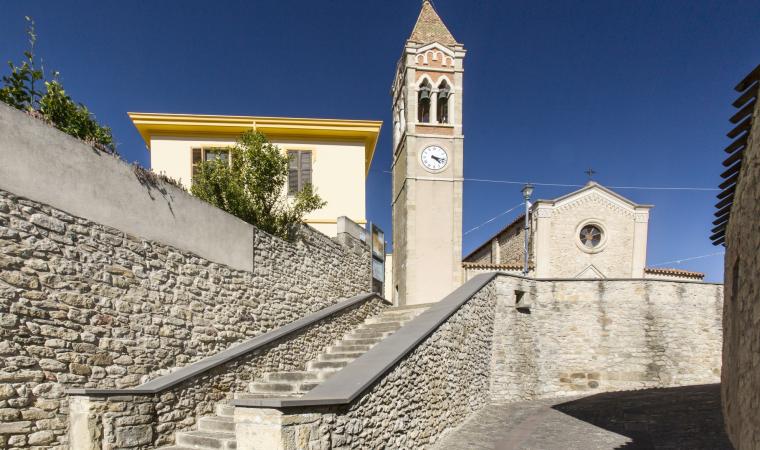It is located at about 200 metres above sea level at the food of the Giara plateau, within a naturalistic context of great environmental value. In the upper Marmilla, today it boasts around 800 inhabitants. As the toponym (gonnos, high ground) indicates, Gonnosnò, is at the centre of a hilly area that also includes the fraction of Figu, so called presumably due to the abundance of fig trees. In 1947, the municipality was named Figu-Gonnosnò, assuming its current name as of 1964. The town and township are mentioned in the books of Sardinian history due to being the first to have established a Monte Granatico (1678). It is not by chance that the economy is agricultural-pastoral, even if craft plays an important role.

